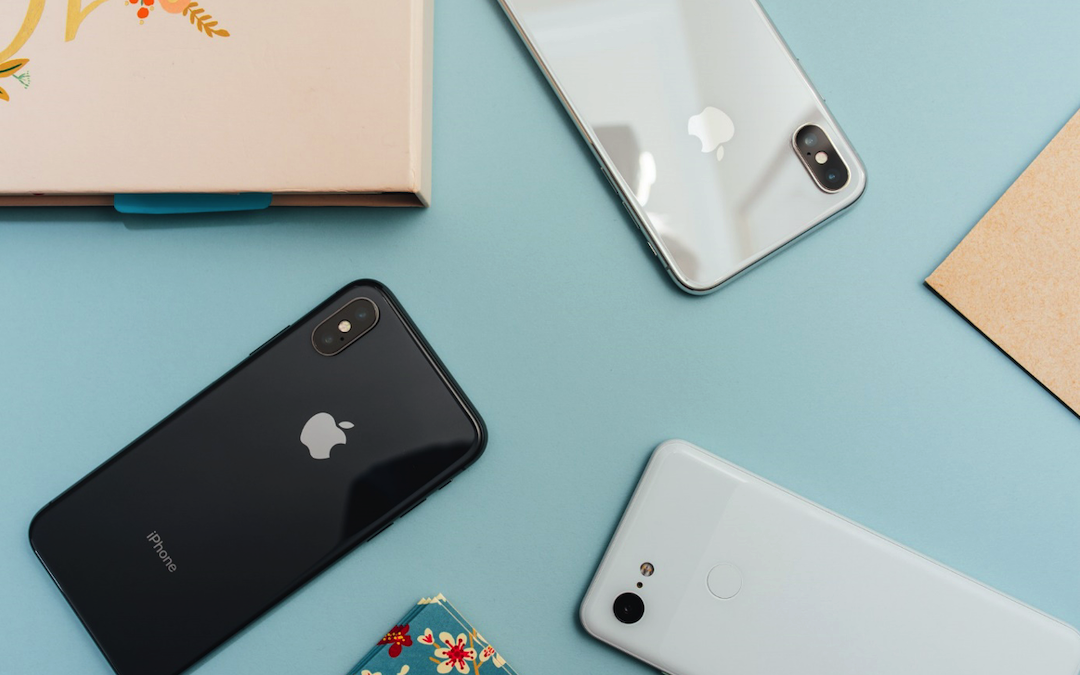
The evolution of the phone is a fascinating journey that showcases not only technological advancements but also society's growing reliance on communication tools. From the first invention of the telephone to today's sleek, powerful smartphones, the phone has come a long way. Here’s a look at its remarkable transformation over the years.
1. The Birth of the Telephone (1876)
The story of the phone begins with Alexander Graham Bell’s invention of the first telephone in 1876. This revolutionary device could transmit speech electronically, an incredible leap forward in communication. Bell’s telephone used wires to transmit sound through electrical signals. Early models were bulky and had very limited range, but they set the stage for a century of telecommunication advancements.
2. The Rotary Dial Telephone (1890s–1940s)
Following the invention of the telephone, early models required an operator to connect calls manually. The introduction of the rotary dial in the 1890s was a game-changer. This system allowed users to directly dial a number by turning a wheel, eliminating the need for a switchboard operator. These phones became a staple in homes and offices for decades, remaining in common use well into the mid-20th century.
3. The Push-Button Telephone (1960s–1980s)
By the 1960s, the rotary dial phone was replaced by the push-button phone. The dual-tone multi-frequency (DTMF) signaling technology that these phones use makes dialing faster and more efficient. This era also saw the rise of features like speed dialing, call waiting, and voicemail services, making communication more accessible and convenient.
4. The First Mobile Phones (1973–1990s)
The 1970s marked the dawn of mobile communication. Martin Cooper, an engineer at Motorola, made the first mobile phone call in 1973 using a prototype of what would later become the Motorola DynaTAC. These early mobile phones were far from portable by today’s standards; they were bulky, expensive, and had very limited battery life. However, they set the stage for the future of personal communication.
As the 1980s and 1990s rolled on, mobile phones became smaller and more affordable, though they were still primarily used by business professionals. Early models like the Nokia 1011 and the Motorola StarTAC began to make mobile phones a mainstream phenomenon, though they were still largely limited to voice calls and basic text messaging.
5. The Rise of Feature Phones (1990s–2000s)
By the late 1990s and early 2000s, mobile phones had evolved into feature phones. These devices were more affordable and accessible to the general public. Iconic models like the Nokia 3310 and the Motorola Razr V3 became hugely popular due to their durability, battery life, and added features like text messaging, simple games, and polyphonic ringtones
This period also saw the introduction of the Short Message Service (SMS), or texting, which revolutionized the way people communicated thanks to devices like the BlackBerry that had some smartphone-like features (such as email and basic internet access). Suddenly, phones weren’t just for making calls—they were becoming a versatile tool for staying connected.
6. The Smartphone Revolution (2007–present)
In 2007, the release of Apple’s iPhone marked the beginning of the smartphone era. While earlier devices like the BlackBerry had introduced email and internet browsing to mobile phones, the iPhone redefined what a phone could do. Featuring a sleek design, a touch screen, and access to a wide array of apps, the iPhone quickly set a new standard for the industry.
Following the iPhone, other manufacturers like Samsung, Google, and Huawei entered the smartphone market, each developing their own models that pushed the boundaries of innovation. Smartphones quickly became powerful, pocket-sized computers capable of handling everything from navigation and photography to banking and gaming.
Today’s smartphones come equipped with high-resolution cameras, biometric security features (like facial recognition and fingerprint scanners), 5G connectivity, and artificial intelligence, making them integral to everyday life.
7. The Future of Phones: What’s Next?
The evolution of the phone is far from over. Current iPhone 16 trends point toward even more integration of artificial intelligence and Apple has removed several features from the original iPhone (2007) to now. Foldable phones, such as those developed by Samsung and Motorola, are bringing back the nostalgia of flip phones with the modern twist of flexible displays.
Additionally, phones are increasingly becoming central to smart ecosystems, connecting with wearable tech like smartwatches and smart home devices to create a seamless, interconnected experience. With advancements like 6G networks on the horizon, phones will likely become even more powerful, offering faster data transfer, better AI capabilities, and possibly even new forms of interaction through voice, gestures, or even brain-computer interfaces.
Final thoughts
From Bell’s original telephone to today’s smartphones, the phone has evolved from a simple communication tool to a multifunctional device that has reshaped how we live and interact with the world. Now into the era of Artificial Intelligence and 5G, phones have evolved to become an indispensable part of our daily lives. As technology continues to advance, it’s exciting to imagine what the future of phones will bring and how it will continue to shape the way we connect with one another. The journey of the phone is a testament to human innovation and our desire to stay connected—no matter where the future takes us.
Share this post
Leave a comment
All comments are moderated. Spammy and bot submitted comments are deleted. Please submit the comments that are helpful to others, and we'll approve your comments. A comment that includes outbound link will only be approved if the content is relevant to the topic, and has some value to our readers.

Comments (0)
No comment